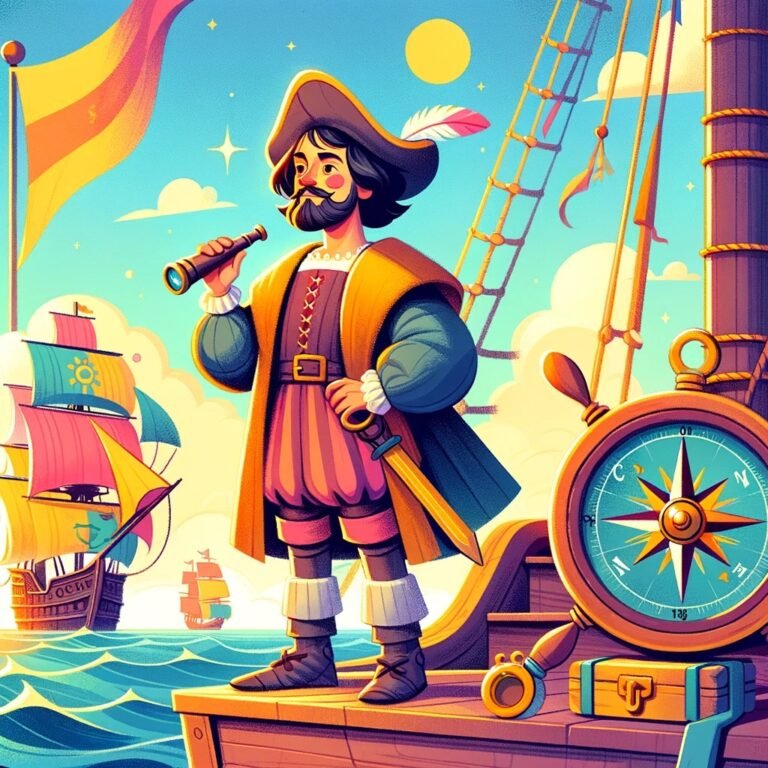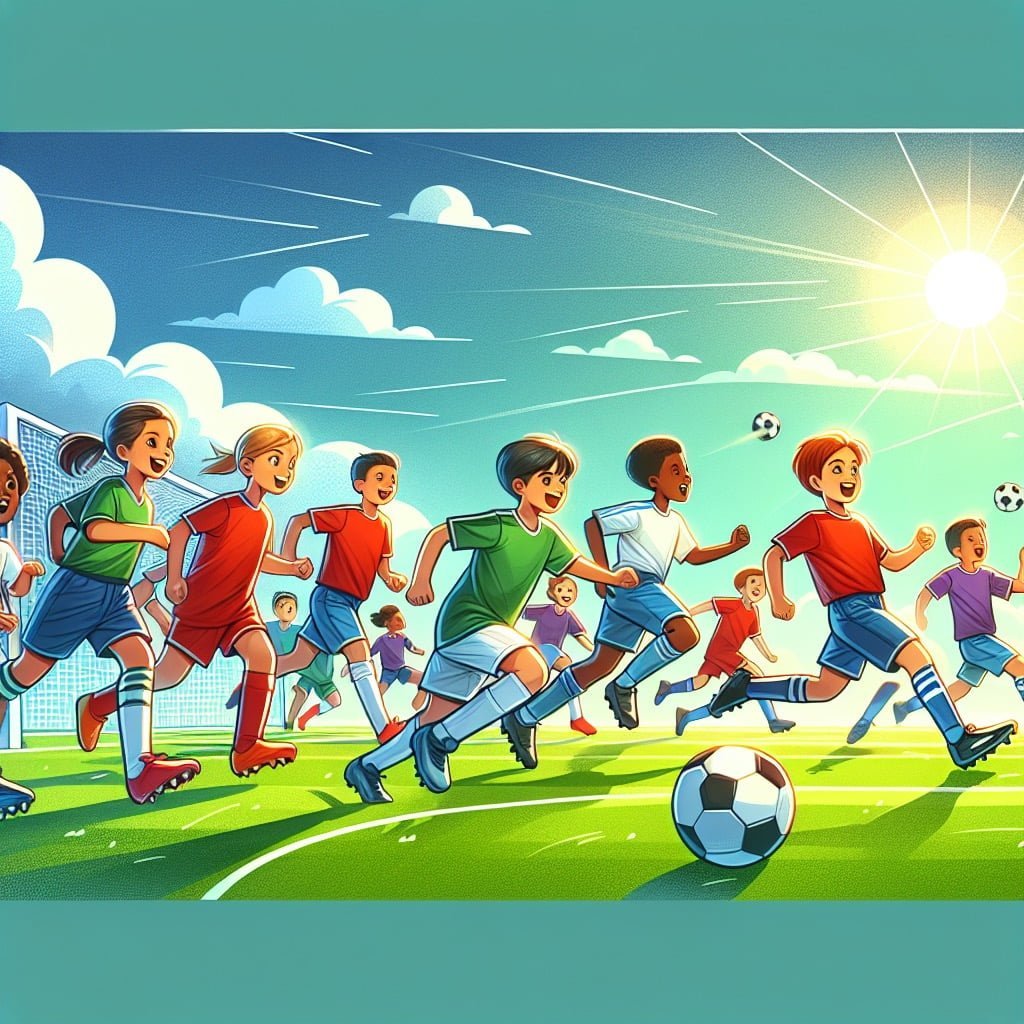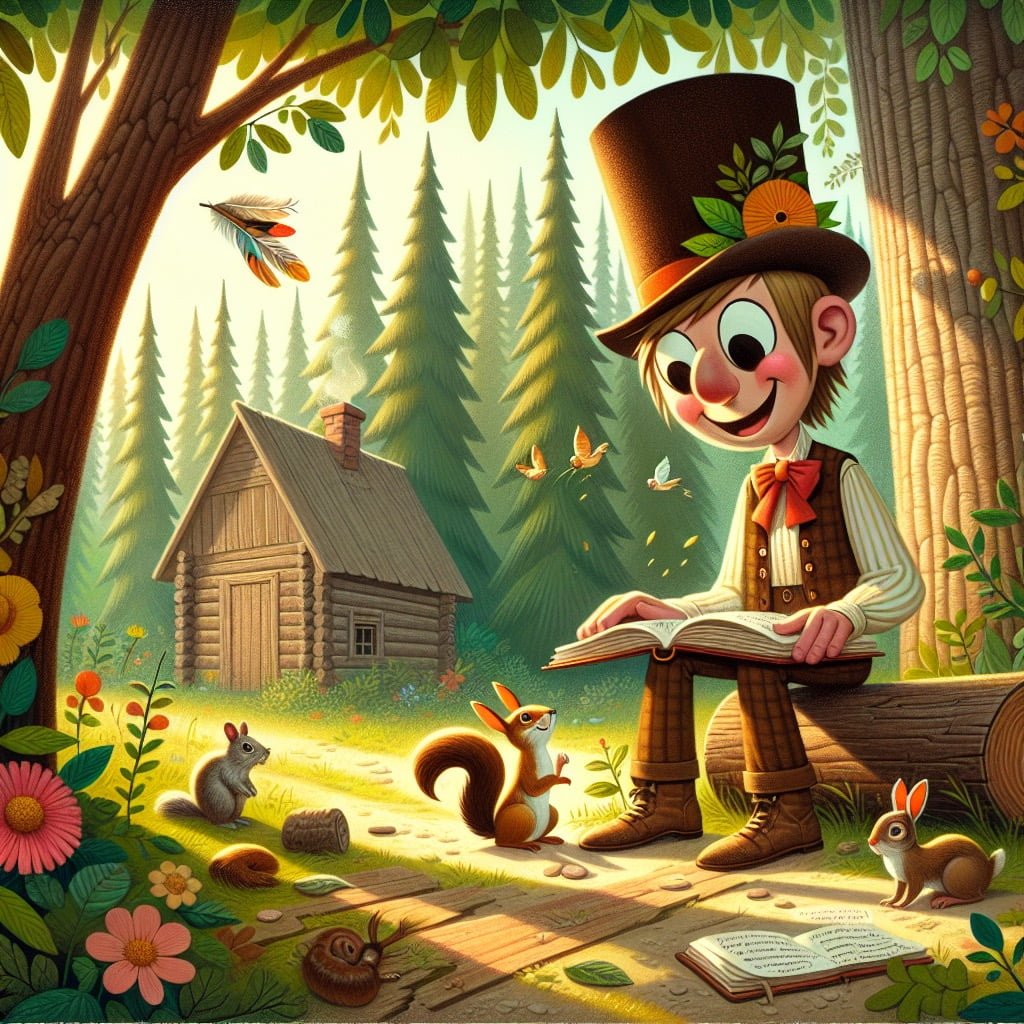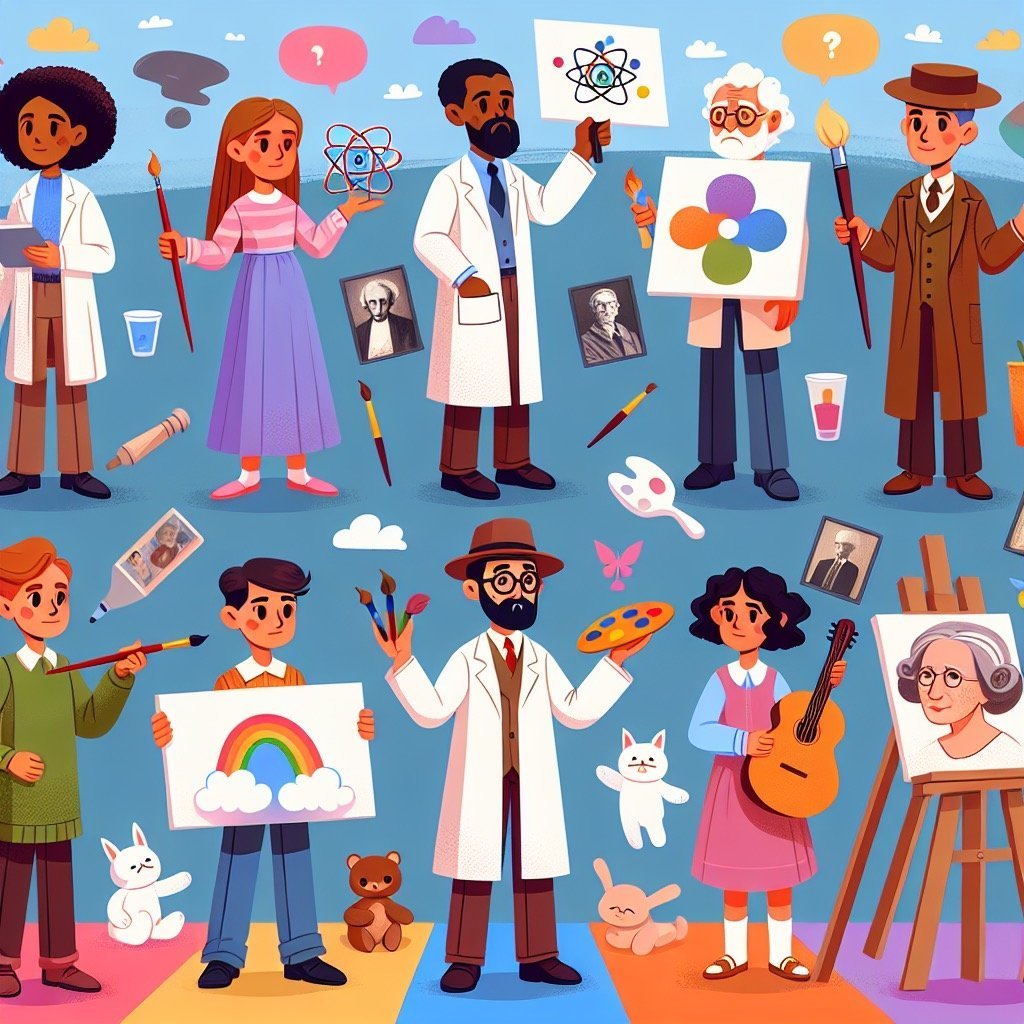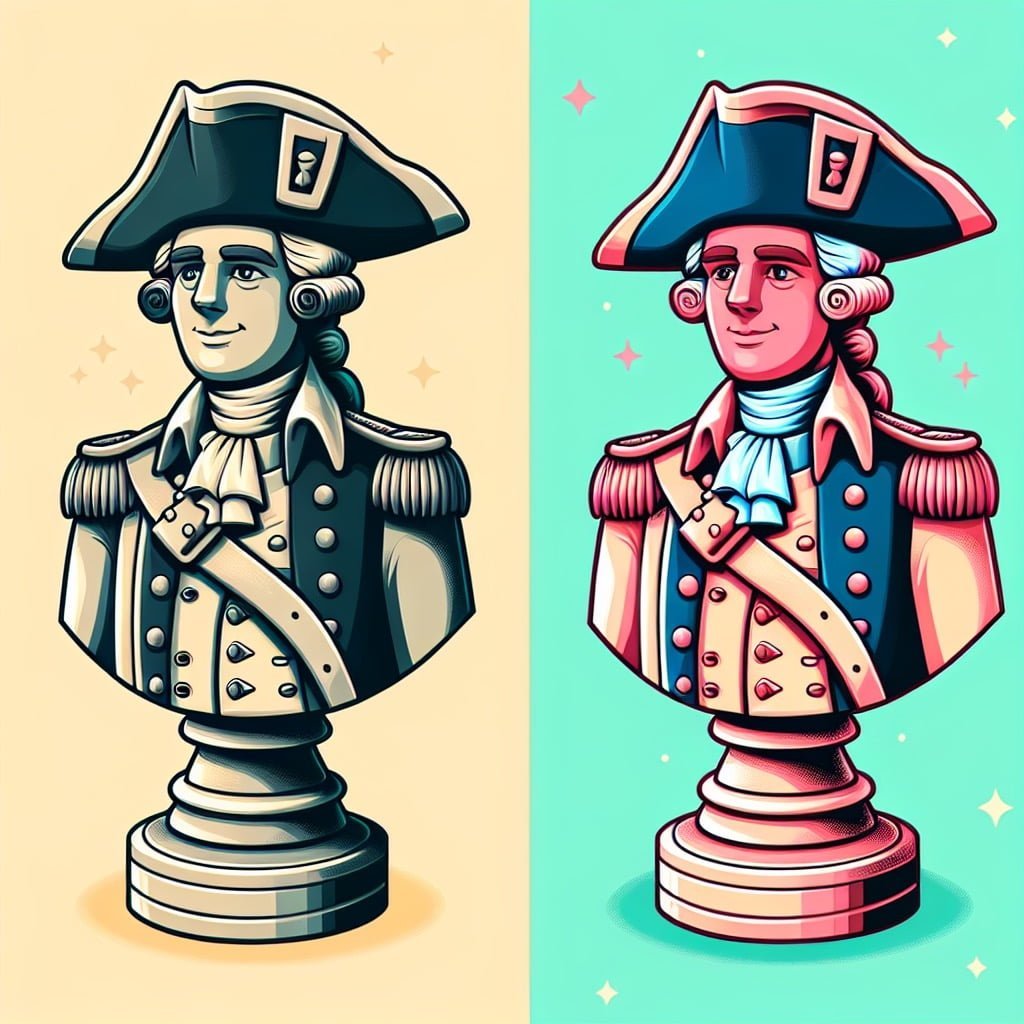Welcome to our blog post on “Christopher Columbus Facts For Kids!” In this engaging and informative post, we will explore ten fascinating facts about the famous explorer Christopher Columbus that are sure to captivate young minds. From his Italian origins to his historic voyages and the legacy he left behind, children of all ages can learn about the impact Columbus had on world history. Join us on this educational journey as we uncover the truth behind Columbus’ adventures, his discoveries, and the controversies surrounding his exploration. Get ready to set sail with Christopher Columbus and discover the exciting world of exploration, trade, and cultural exchange that he initiated. Let’s embark on this thrilling adventure together!
Christopher Columbus Facts For Kids
1. Christopher Columbus Was Italian

For younger kids: Columbus was from Italy.
For older kids: Christopher Columbus was born in Genoa, in present-day Italy, where he began his seafaring adventures.
Detailed explanation:Christopher Columbus Facts For Kids reveal that the explorer was Italian by birth. Columbus was born in Genoa, Italy, in 1451. Despite the commonly held belief that he was Spanish, his Italian heritage is a well-documented fact. His birth name was actually Cristoforo Colombo, which is the Italian version of his name.
Columbus embarked on his famous voyage to find a new trade route to Asia in 1492, but instead stumbled upon the Americas. This discovery marked the beginning of European exploration and colonization of the New World. Despite not reaching his original goal of finding a western route to Asia, Columbus’s voyages had a profound impact on world history.
Columbus’s Italian roots are significant in understanding his motivations and background. Italy was a hotspot of exploration and trade during Columbus’s time, and his upbringing in Genoa likely influenced his interest in sailing and exploration. Additionally, being Italian may have played a role in Columbus’s interactions with the Spanish monarchy, who ultimately funded his voyages. His Italian heritage may have shaped his perspective and approach to exploration in ways that are often overlooked.
In conclusion, the fact that Christopher Columbus was Italian is an important detail when examining his life and legacy. Understanding his Italian background can provide valuable insights into his motivations and experiences as an explorer. So, these Christopher Columbus Facts For Kids are a great way to introduce young learners to the fascinating world of history and exploration.
Christopher Columbus Facts For Kids
2. Columbus Sailed the Ocean Blue in 1492
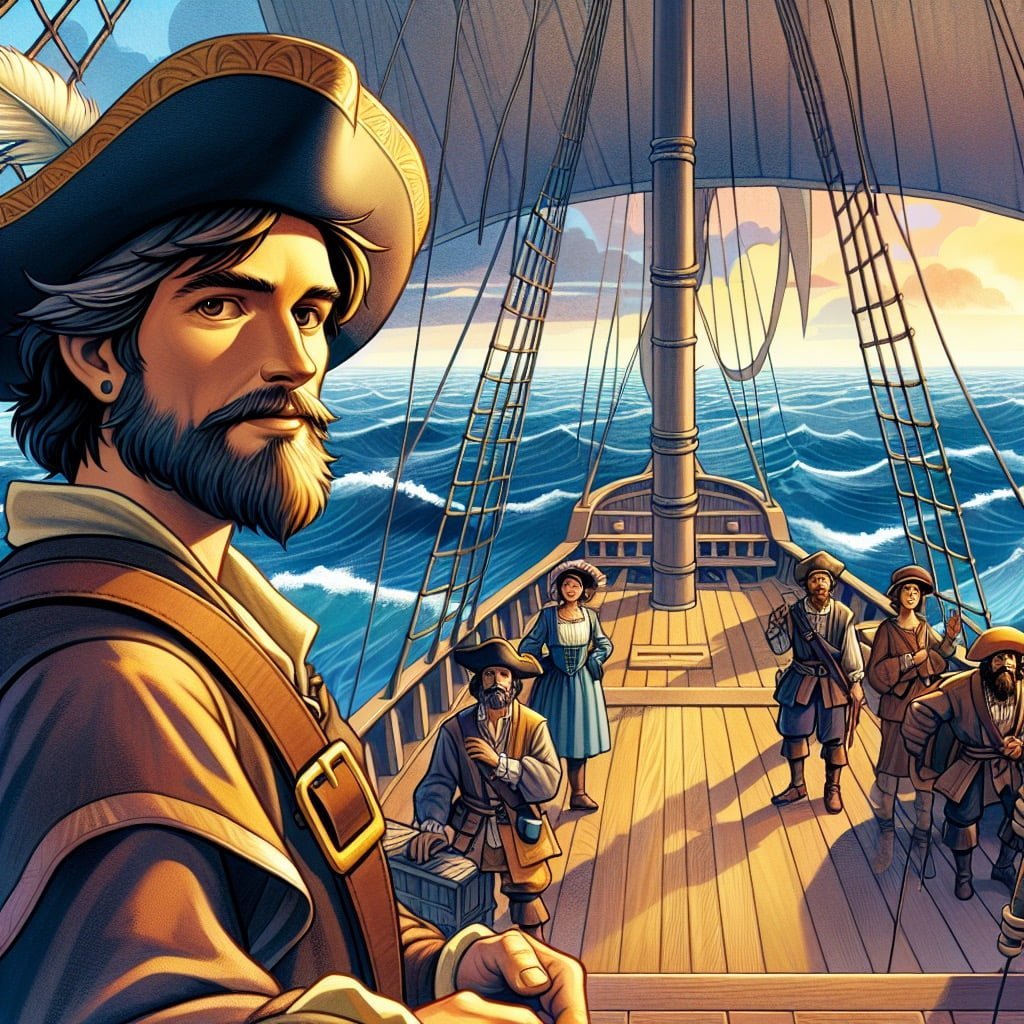
For younger kids: Columbus set sail in 1492 to find a new route to Asia.
For older kids: In 1492, Columbus embarked on his historic voyage to reach Asia by sailing westward, leading to the discovery of the Americas.
Detailed explanation:Christopher Columbus Facts For Kids hold a special place in the history books as one of the most well-known explorers of all time. The fact that Columbus sailed the ocean blue in 1492 marks the beginning of a new era of exploration and discovery.
In the late 15th century, Columbus, an Italian explorer, believed that he could reach Asia by sailing west across the Atlantic Ocean. Despite the widespread belief that the Earth was flat, Columbus was determined to prove his theory that the Earth was round. After receiving support from the Spanish monarchy, he set sail with three ships—the Nina, the Pinta, and the Santa Maria—in August 1492.
After a long and arduous journey, Columbus and his crew finally reached land on October 12, 1492. However, they did not land in Asia as Columbus had hoped, but instead found themselves on an island in the Caribbean. This event marked the beginning of European exploration and colonization of the Americas.
Columbus’s journey had a lasting impact on the world, leading to the exchange of goods, ideas, and cultures between the Old World and the New World. Despite his controversial legacy, Christopher Columbus remains a central figure in the history of exploration and his voyage in 1492 continues to be celebrated and remembered by people of all ages, especially through Christopher Columbus Facts For Kids.
Christopher Columbus Facts For Kids
3. Columbus Discovered America

For younger kids: Columbus found new lands, including America.
For older kids: Christopher Columbus is credited with discovering the New World, which eventually led to European colonization and the spread of global trade.
Detailed explanation:One of the most well-known Christopher Columbus facts for kids is that he is often credited with discovering America. However, this fact is not entirely accurate. In 1492, Columbus set sail from Spain in search of a new route to Asia, but instead, he landed in the Caribbean islands. He believed that he had reached the East Indies, which is why he referred to the indigenous people he encountered as “Indians.”
Despite not actually reaching the shores of North America, Columbus’s voyages were instrumental in the eventual European exploration and colonization of the Americas. His expeditions opened up a new world for European powers to conquer and exploit, leading to the establishment of colonies that would ultimately shape the course of history.
It is important to note, however, that Columbus was not the first person to reach the Americas. Indigenous peoples had been living in the Americas for thousands of years before Columbus’s arrival. Additionally, Norse explorer Leif Erikson is believed to have reached North America around the year 1000, nearly 500 years before Columbus’s voyage.
In conclusion, while Christopher Columbus did not actually discover America in the way it is commonly understood, his voyages had a profound impact on world history. By uncovering the existence of the Americas to Europeans, Columbus inadvertently set the stage for the eventual colonization and exploitation of the New World.
Christopher Columbus Facts For Kids
4. Columbus Thought He’d Found Asia
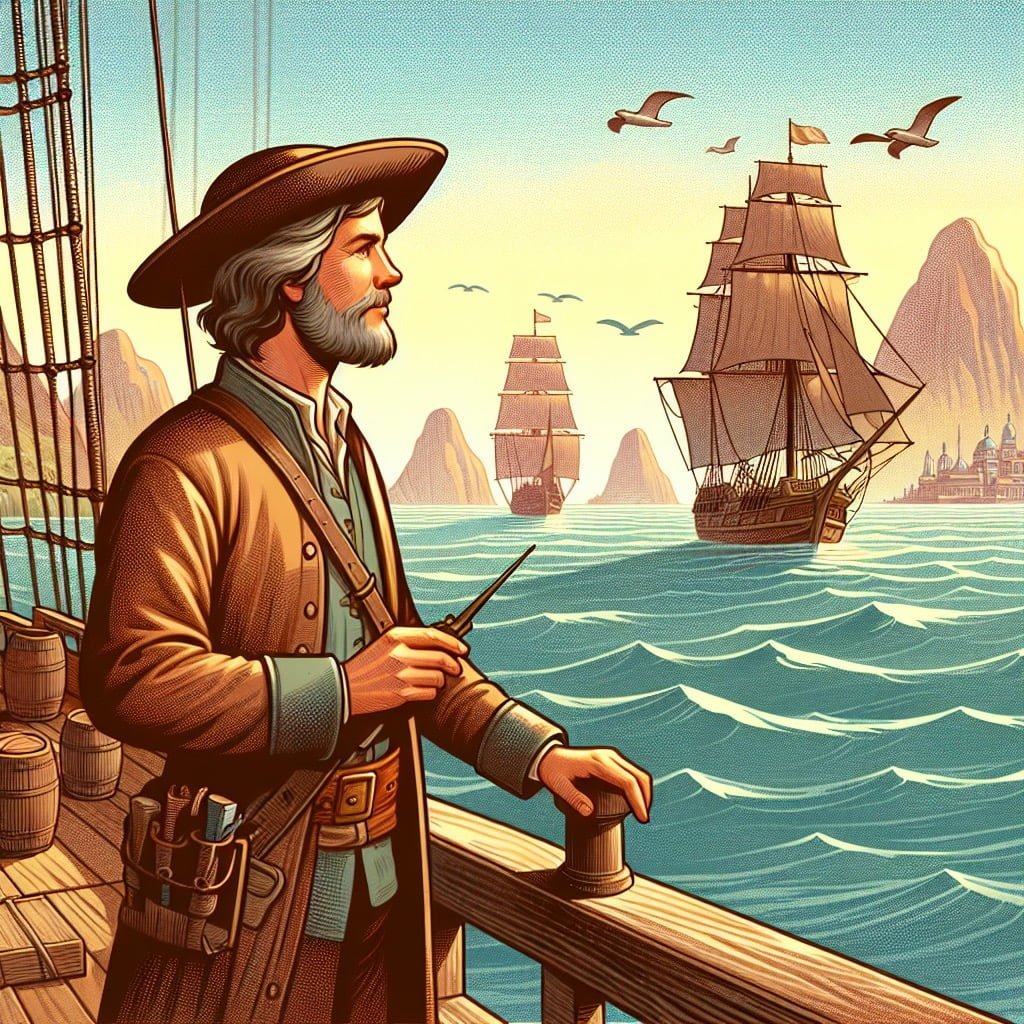
For younger kids: Columbus believed he reached Asia on his voyage.
For older kids: Despite landing in the Caribbean, Columbus mistakenly thought he had arrived in Asia, leading to the misnaming of indigenous people as “Indians.”
Detailed explanation:One of the most well-known Christopher Columbus Facts For Kids is that he thought he had reached Asia when he landed in the Americas. This misconception was due to Columbus’s belief that the Earth was much smaller than it actually is. He based his calculations on a map drawn by the ancient Greek geographer, Ptolemy, which inaccurately depicted the size of the Earth. Columbus believed that by sailing west from Europe, he could reach Asia in a much shorter time than traveling eastward.
When Columbus arrived in the Caribbean islands in 1492, he was convinced that he had reached the outskirts of Asia. He encountered the indigenous peoples of the region, whom he erroneously referred to as “Indians,” believing them to be inhabitants of the East Indies. Columbus even went so far as to claim the lands he discovered for the Spanish crown in the name of reaching Asia and establishing trade routes to the riches of the East.
Despite his mistaken belief, Columbus’s voyages to the Americas had profound and far-reaching consequences. The discovery of the New World led to the exchange of goods, ideas, and cultures between Europe and the Americas, known as the Columbian Exchange. This exchange had both positive and negative effects, including the spread of new crops, animals, and technologies, as well as the devastation of indigenous populations through disease, warfare, and colonization.
In conclusion, while Christopher Columbus may have thought he had found Asia, his voyages had a lasting impact on world history and reshaped the global landscape in ways he could never have imagined.
Christopher Columbus Facts For Kids
5. Columbus Had Three Ships
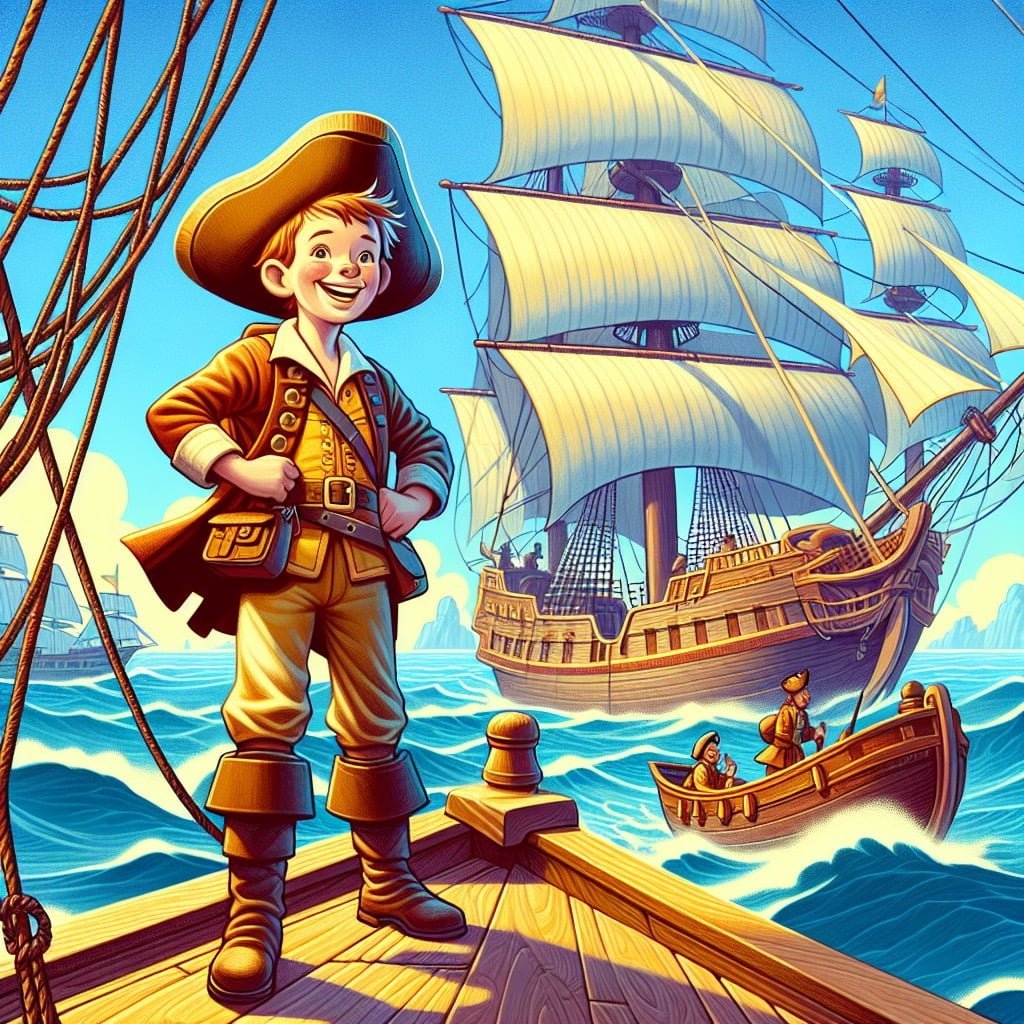
For younger kids: Columbus had three ships named Nina, Pinta, and Santa Maria.
For older kids: On his first voyage, Columbus sailed with the ships Nina, Pinta, and Santa Maria, which were instrumental in his exploration of the Americas.
Detailed explanation:Christopher Columbus Facts For Kids include the well-known fact that Columbus had three ships on his initial voyage to the Americas in 1492. These three ships were the Nina, the Pinta, and the Santa Maria. Each of these ships played a crucial role in Columbus’s historic journey across the Atlantic Ocean.
The Nina was the smallest of the three ships, only about 50 feet long. It was a caravel, a type of ship that was known for its speed and agility. The Nina was actually the ship that Columbus himself sailed on during the voyage. It was named after its owner, Juan Nino, who had also sailed on previous expeditions.
The Pinta was slightly larger than the Nina, measuring about 60 feet long. It was a caravel as well, designed for speed and maneuverability. The Pinta was captained by Martin Alonso Pinzon, an experienced sailor who played a key role in navigating the ships to the New World.
The largest of the three ships was the Santa Maria, measuring approximately 85 feet long. This ship was a carrack, a larger and more sturdy vessel than the caravels. The Santa Maria was captained by Columbus himself, and it served as the flagship of the expedition.
Having three ships was essential for the success of Columbus’s voyage. The redundancy provided by multiple ships allowed for a greater chance of survival in case one ship encountered trouble. Additionally, the three ships were able to carry a larger crew, more supplies, and provisions for the journey.
In conclusion, the fact that Columbus had three ships on his first voyage to the Americas is a significant aspect of his historic achievement. These ships played a crucial role in the success of the expedition and ultimately in the exploration and colonization of the New World.
Christopher Columbus Facts For Kids
6. Columbus’ Voyages Opened Trade Routes
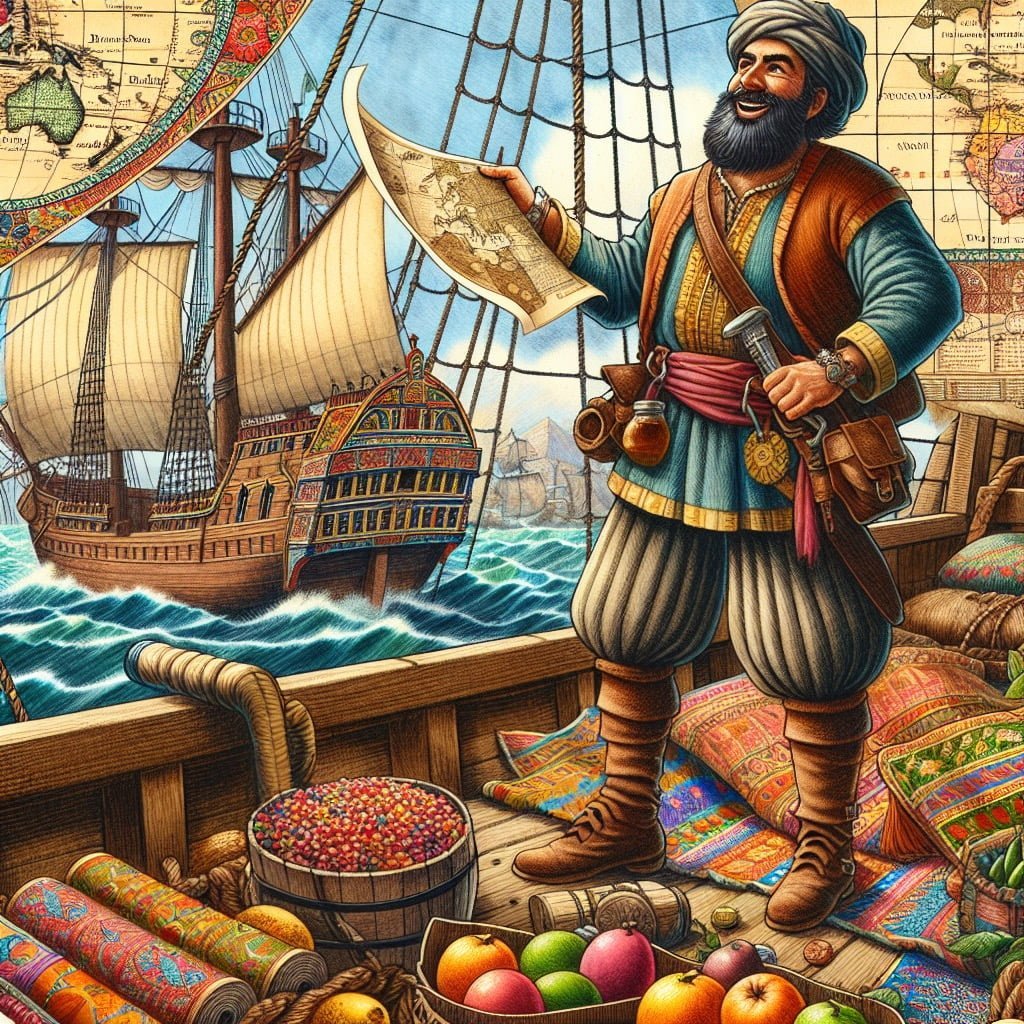
For younger kids: Columbus’ voyages helped people trade goods between continents.
For older kids: Christopher Columbus’ expeditions played a crucial role in establishing new trade routes between Europe, Africa, and the Americas, leading to the exchange of goods and cultures.
Detailed explanation:Christopher Columbus Facts For Kids
One of the most significant impacts of Christopher Columbus’s voyages was the opening of new trade routes between Europe and the Americas. Before Columbus’s first voyage in 1492, there was no direct sea route between Europe and the lucrative markets of Asia. Merchants had to rely on land-based routes, which were long, dangerous, and expensive. Columbus’s successful voyage across the Atlantic Ocean changed that.
By establishing a direct sea route to the Americas, Columbus effectively opened up a new world of trade opportunities for European nations. The discovery of the Americas brought a wealth of new resources, such as gold, silver, spices, and sugar, that were highly sought after in Europe. This new trade route led to a period of intense economic growth known as the Age of Exploration.
In addition to goods, the Columbian Exchange also introduced new foods, animals, and plants to both sides of the Atlantic. This exchange had a lasting impact on both Europe and the Americas, transforming diets, agriculture, and ecosystems on both continents.
The opening of trade routes between Europe and the Americas also had significant social and cultural implications. The exchange of ideas, technology, and knowledge between the two continents enriched both societies and laid the foundation for further exploration and colonization.
In conclusion, Christopher Columbus’s voyages had a profound impact on the world by opening up new trade routes between Europe and the Americas. This exchange of goods, ideas, and cultures transformed both continents and shaped the course of history.
Christopher Columbus Facts For Kids
7. Columbus’ Legacy is Controversial
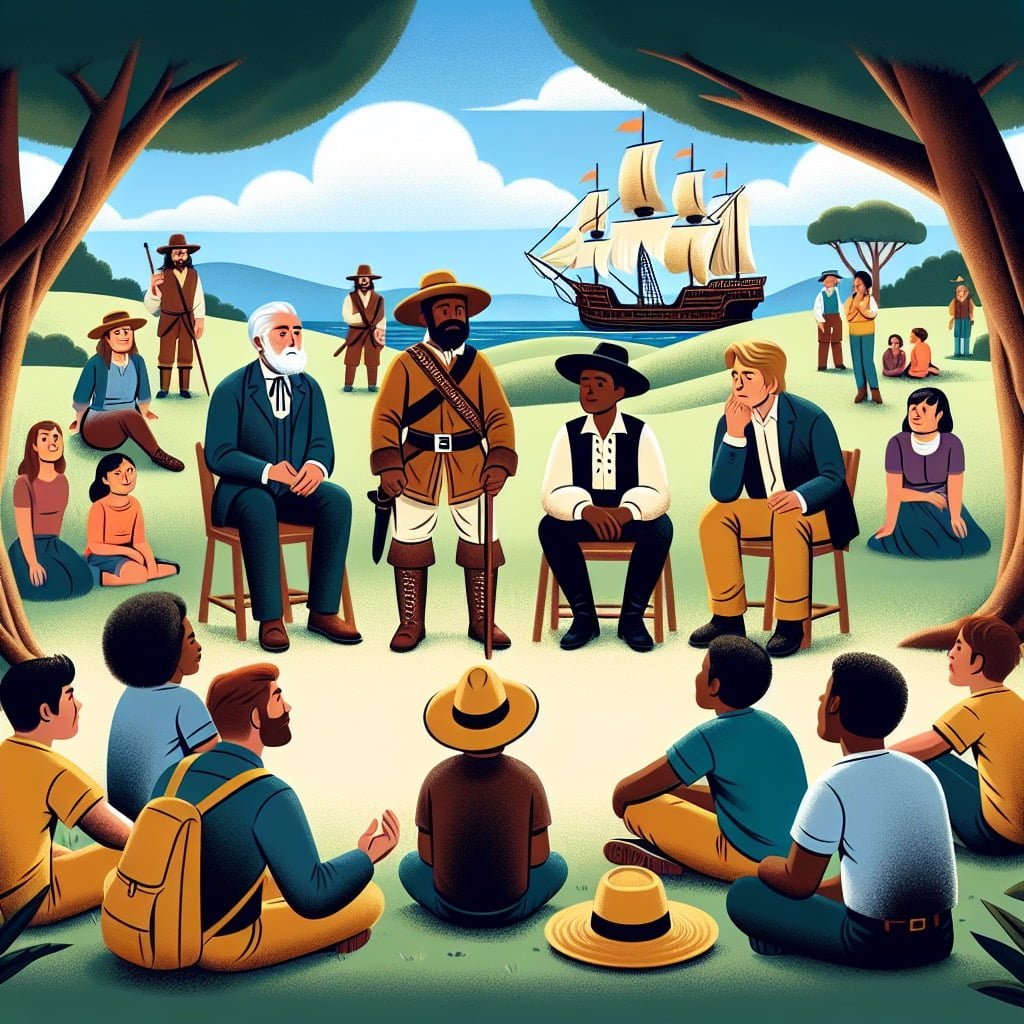
For younger kids: Some people feel differently about Columbus and his explorations.
For older kids: The legacy of Christopher Columbus is a topic of debate due to the impact of his voyages on indigenous populations and the lasting effects of European colonization.
Detailed explanation:Christopher Columbus Facts For Kids include the controversial legacy left behind by the famous explorer. While Columbus is often credited with discovering the Americas in 1492, his actions have sparked much debate and controversy in recent years.
One of the key points of contention surrounding Columbus is his treatment of the indigenous people he encountered in the Caribbean. Despite initially being welcomed by the Taino people on the island of Hispaniola, Columbus’ crew quickly resorted to violence, enslavement, and forced labor. This mistreatment led to the rapid decline of the native population through disease, warfare, and harsh working conditions. As a result, many historians argue that Columbus’ actions can be seen as the beginning of a long history of exploitation and colonization in the Americas.
Another aspect of Columbus’ legacy that is often criticized is his impact on the environment. His expeditions paved the way for European colonization and the subsequent deforestation, exploitation of natural resources, and introduction of invasive species that had devastating effects on the local ecosystems. This environmental destruction continues to have lasting consequences to this day.
In conclusion, while Christopher Columbus is often celebrated for his role in history, it is important to also acknowledge the controversies that surround his legacy. By examining the more nuanced aspects of his actions and their consequences, we can gain a better understanding of the complexities of history and the impact of exploration on different cultures and environments.
Christopher Columbus Facts For Kids
8. Columbus Was Named “Admiral of the Ocean Sea”
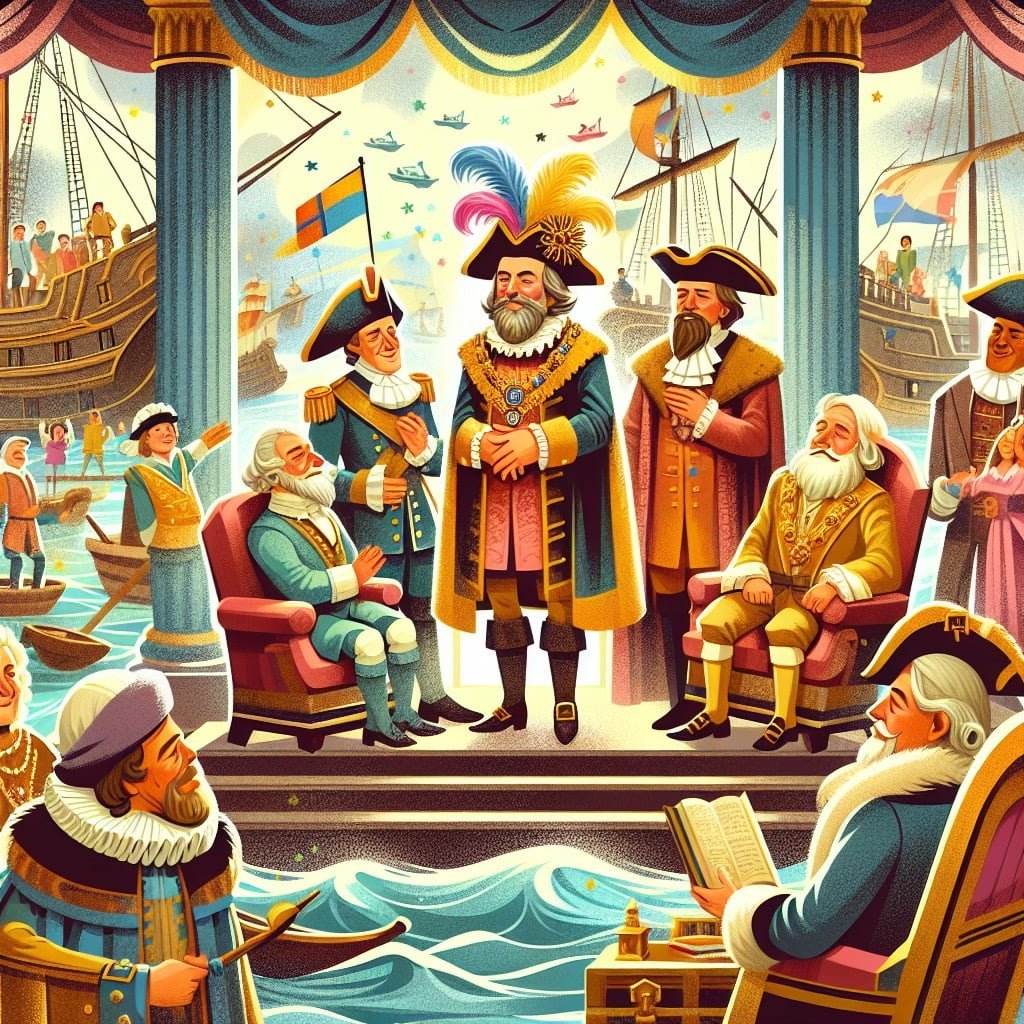
For younger kids: Columbus was honored with the title of Admiral for his sea explorations.
For older kids: In recognition of his maritime achievements, Columbus was bestowed with the prestigious title of “Admiral of the Ocean Sea” by the Spanish monarchy.
Detailed explanation:Christopher Columbus Facts For Kids: One of the most prominent titles given to Christopher Columbus was “Admiral of the Ocean Sea.” This title was bestowed upon him by the Catholic Monarchs of Spain, King Ferdinand and Queen Isabella, in recognition of his remarkable accomplishments as a navigator and explorer.
Columbus’ appointment as Admiral of the Ocean Sea was not just a symbolic gesture; it also granted him significant power and authority. As Admiral, Columbus was placed in charge of the Spanish fleet and given the responsibility of overseeing future expeditions to the newly discovered lands. This title elevated Columbus to a position of great prestige and influence within the Spanish court, allowing him to further his explorations and secure funding for future voyages.
The title “Admiral of the Ocean Sea” reflects the vast scope of Columbus’ ambitions and the audacity of his vision. By successfully navigating across the Atlantic Ocean and reaching the shores of the Americas, Columbus demonstrated his unrivaled skill as a seafarer and his unwavering determination to explore unknown territories. The title not only honored Columbus’ achievements but also served as a testament to his role in expanding the known boundaries of the world.
In conclusion, the title of “Admiral of the Ocean Sea” encapsulates Christopher Columbus’ legacy as a pioneering explorer who boldly ventured into uncharted waters and forever changed the course of history. His appointment as Admiral by the Spanish monarchy marked a turning point in his career and solidified his place in the annals of exploration and discovery.
Christopher Columbus Facts For Kids
9. Columbus’ Journeys Changed World History
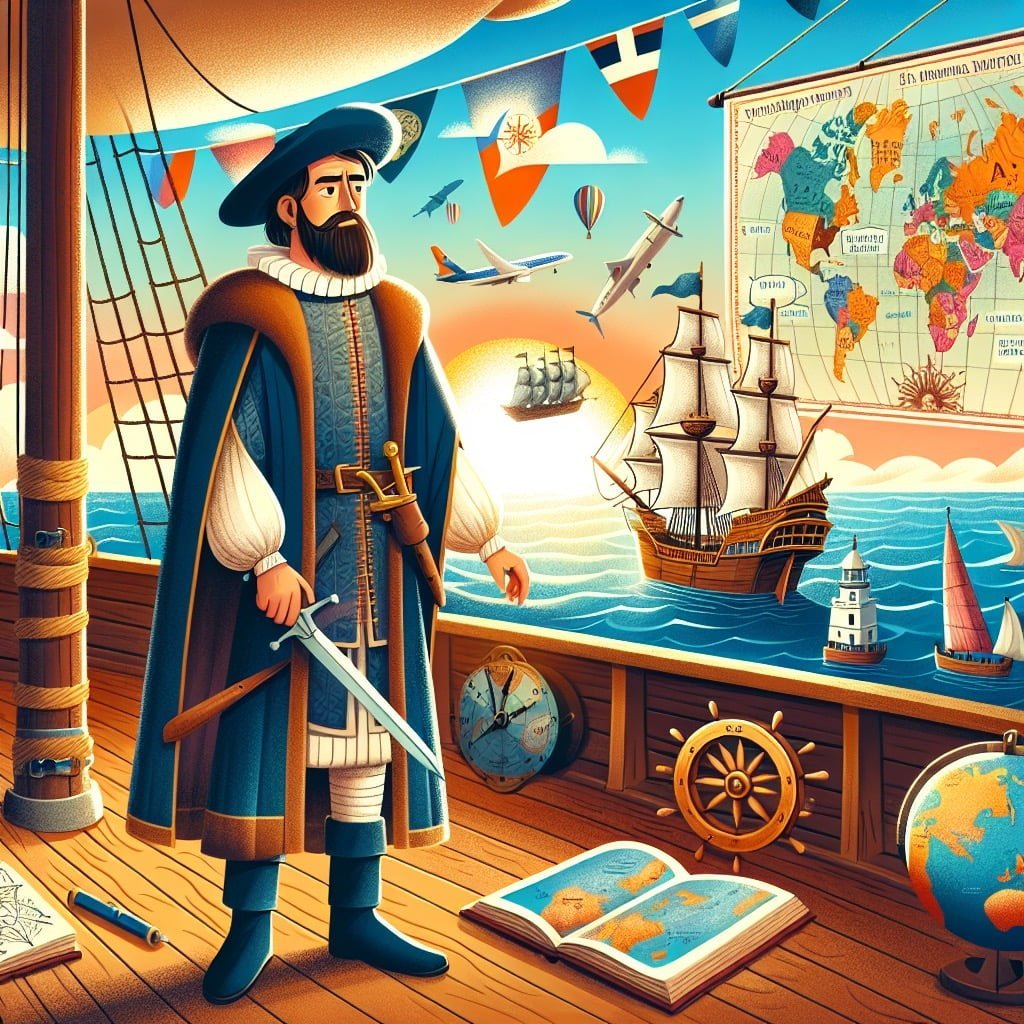
For younger kids: Columbus’ travels changed how people thought about the world.
For older kids: Christopher Columbus’ expeditions reshaped world history by initiating the Age of Exploration and connecting previously distant continents, leading to significant changes in trade, culture, and society.
Detailed explanation:Christopher Columbus Facts For Kids demonstrate the significant impact that Columbus’ journeys had on world history. In 1492, Columbus set sail on his historic voyage across the Atlantic Ocean, seeking a western route to Asia. While he did not reach his intended destination, Columbus’ discovery of the Americas had a profound and lasting effect on the course of history.
Columbus’ journeys opened up trade routes between Europe and the Americas, leading to the exchange of goods, ideas, and cultures between the two continents. This exchange, known as the Columbian Exchange, had far-reaching consequences for both the Old World and the New World. New foods, animals, and resources were introduced to Europe, while European diseases, crops, and technologies were brought to the Americas.
The impact of Columbus’ voyages also extended beyond the realm of trade and exploration. His discovery of the New World sparked a wave of European exploration and colonization, leading to the establishment of European empires in the Americas. This colonization had devastating consequences for the indigenous peoples of the Americas, as their lands were taken, their populations decimated by diseases, and their cultures disrupted by European influences.
Overall, the legacy of Christopher Columbus is a complex and controversial one. While he is often celebrated for his role in connecting the continents of Europe and the Americas, his actions also had profound and negative consequences for the indigenous peoples of the Americas. By understanding the full scope of Columbus’ impact, we can gain a deeper appreciation for the complexities of world history and the ongoing legacy of European colonization.
Christopher Columbus Facts For Kids
10. Columbus’ Discoveries Inspired Further Exploration
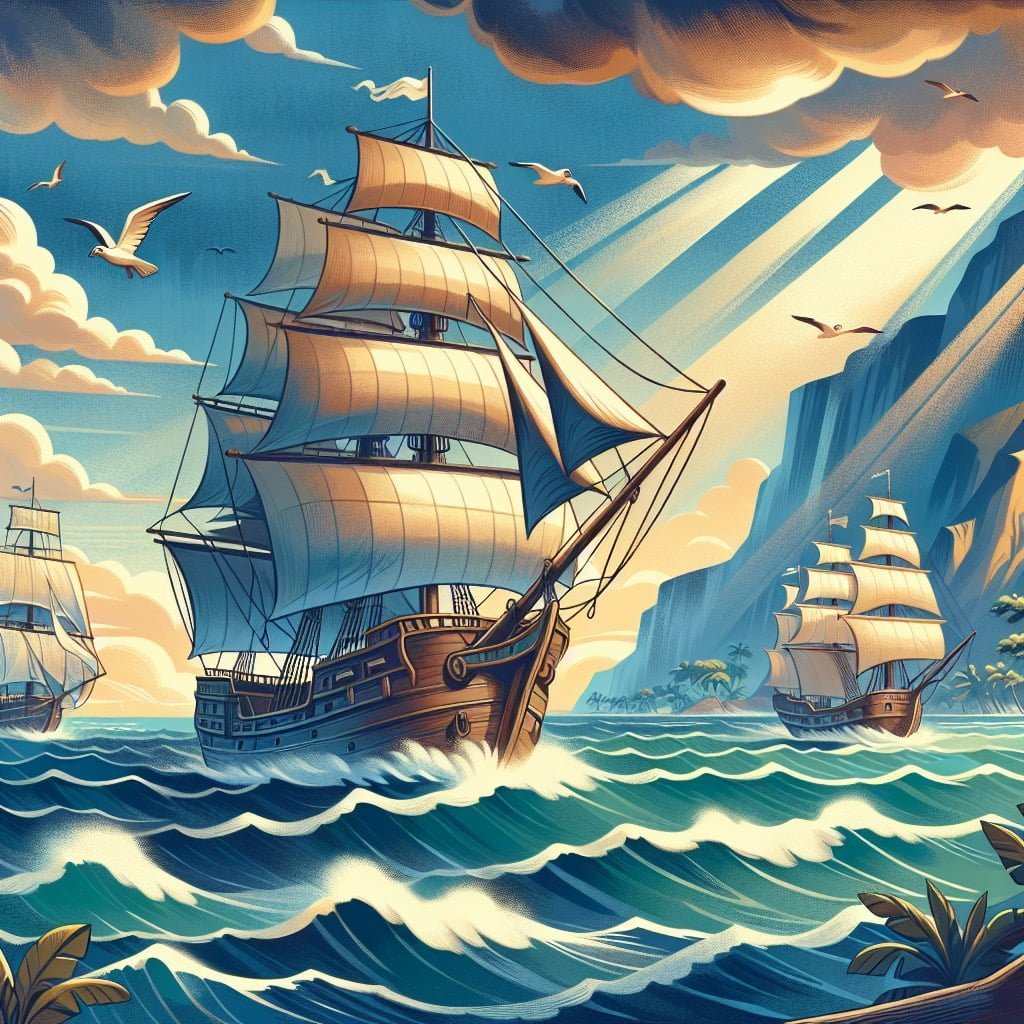
For younger kids: Columbus made others curious to explore new lands too.
For older kids: The discoveries made by Christopher Columbus inspired subsequent explorers to venture into unknown territories, contributing to the expansion of geographical knowledge and the emergence of new global connections.
Detailed explanation:Christopher Columbus Facts For Kids show that his discoveries inspired further exploration in a significant way. When Columbus first set sail in 1492, his primary goal was to find a western route to Asia in order to establish trade routes for spices and other valuable goods. However, his accidental discovery of the Americas opened up a whole new world of possibilities for European exploration.
Columbus’ voyages inspired other explorers to follow in his footsteps and search for new lands and riches. One such explorer was Amerigo Vespucci, who explored the coasts of South America and realized that Columbus had not reached Asia, but had in fact discovered a new continent. This realization led to the naming of the continent after Vespucci, which is why we now call it North and South America instead of the “New World.”
In addition to inspiring further exploration, Columbus’ discoveries also had a profound impact on the history of the world. The influx of gold and other resources from the Americas helped to fund European developments in art, science, and technology. It also led to the establishment of colonies, the spread of European diseases to indigenous peoples, and the beginning of the transatlantic slave trade.
Overall, Christopher Columbus Facts For Kids demonstrate how one man’s curiosity and ambition can change the course of history and inspire generations of explorers to seek out new horizons. Columbus’ discoveries not only opened up new trade routes and sources of wealth, but also led to the exchange of ideas, cultures, and technologies between the Old World and the New World.
Did you know?
Did you know that Christopher Columbus’s original name was actually Cristoforo Colombo in Italian?
Summary of Christopher Columbus Facts For Kids
If you want to learn more about the fascinating life of Christopher Columbus, this blog post is a must-read. From his Italian origins to his historic voyages to the New World, this post offers a captivating overview of Columbus’s achievements and the lasting impact of his explorations. Whether you are a younger kid looking for fun facts or an older kid interested in delving deeper into the controversial legacy of Columbus, this post has something for everyone. Discover how Columbus’s discoveries changed world history, inspired further exploration, and opened up new trade routes between continents. Don’t miss out on this engaging exploration of one of history’s most famous explorers!
Sources and additional information for Christopher Columbus Facts For Kids
WikipediaBritannicaHistory ChannelThe Smithsonian InstitutionLibrary of CongressNational ArchivesBBC HistoryThe Metropolitan Museum of ArtArchaeological Institute of AmericaGilder Lehrman Institute of American HistoryHistory.comBBC HistorySmithsonian History & CultureThe Metropolitan Museum of Art – Heilbrunn Timeline of Art HistoryLibrary of Congress – Digital CollectionsNational ArchivesWorld History EncyclopediaHISTORYNETAncient History EncyclopediaThe History Channel
